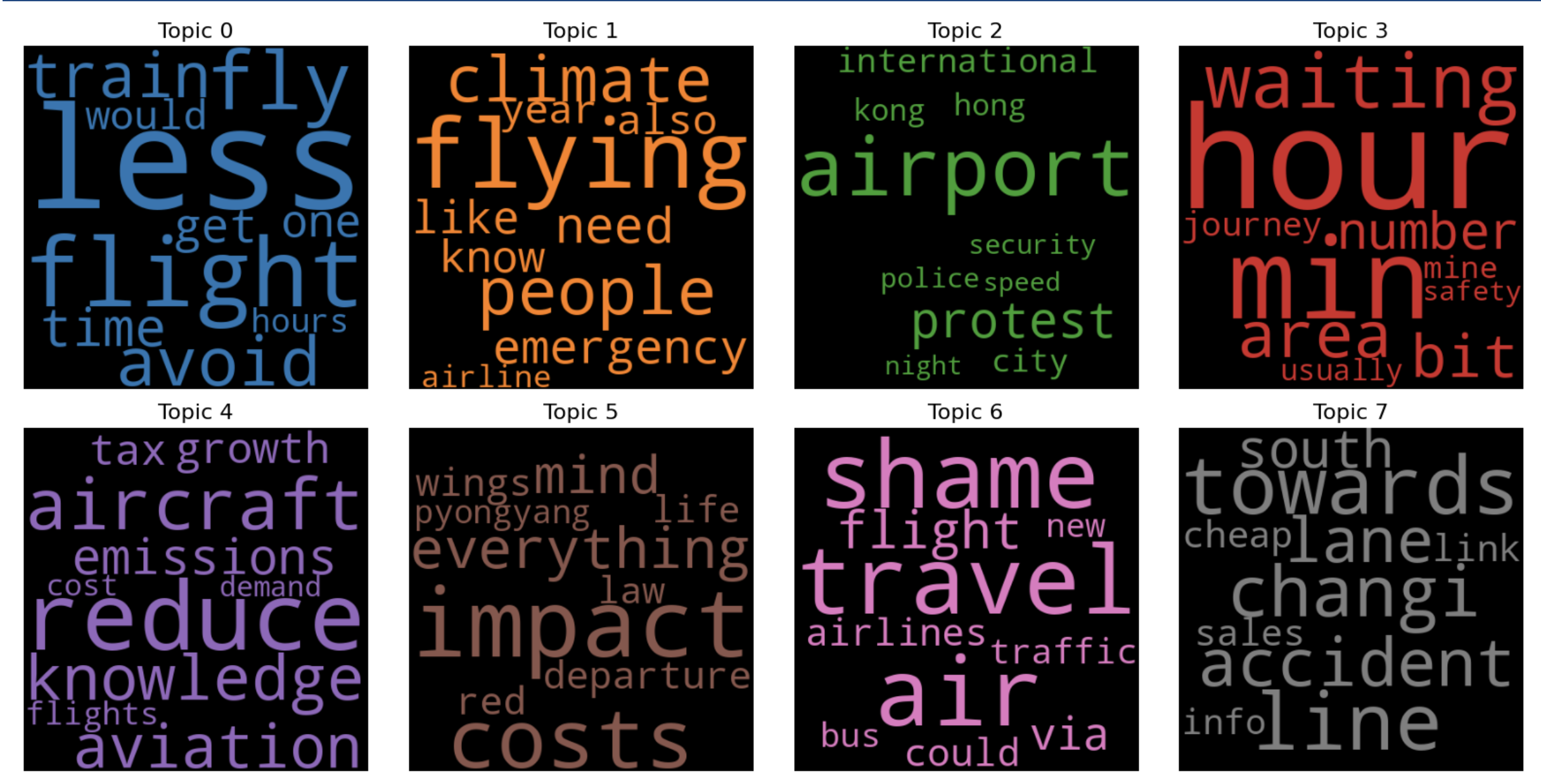5 min to read
The Magic of Word Embeddings in Natural Language Processing
Word2Vec

The Magic of Word Embeddings in Natural Language Processing
Imagine if a computer could understand language as we do—recognize that “powerful” and “strong” convey similar meanings, or that “Paris” is related to “France” as “Rome” is to “Italy”. This isn’t a distant dream but a burgeoning reality, thanks to the concept of word embeddings.
Word embeddings are a type of word representation that allows words with similar meaning to have a similar representation. They are a key breakthrough in the field of natural language processing (NLP), allowing machines to grasp the nuances of human language. In essence, word embeddings are vectors—lines in space—each with a specific direction and magnitude that position words in a multi-dimensional space. This might sound abstract, but it’s how machines can come to “understand” word relationships and semantics without human intervention.
But why are they so crucial? Because traditional representations like one-hot encoding can’t capture the relationships between words, and this is where embeddings shine, providing a dense, efficient, and nuanced way to represent language. In this post, we’ll dive into the world of word embeddings, explore how they’re revolutionizing NLP, and consider what the future holds for this exciting technology.
Understanding Word Embeddings
To appreciate the innovation of word embeddings, consider how we previously approached language in computing. Initially, we assigned words arbitrary numbers or used one-hot encoding, where each word is represented as a vector of zeros and a single one. The problem? Such representations are sparse, high-dimensional, and devoid of meaning.
Enter word embeddings: a dense and continuous vector space where similar words cluster together. Each word is mapped to a unique vector, often with hundreds of dimensions. The magic lies in how these vectors are derived—usually from a model trained on a large corpus of text, learning to predict a word from its neighbors (as in Word2Vec) or to associate words that appear in similar contexts (as in GloVe).
The result is a rich tapestry of vectors where the geometric relationship between points captures semantic similarity. Words with similar meanings are closer together, while different concepts are further apart. This spatial analogy is more than just a convenient metaphor—it’s a robust feature of the model that can be exploited in various ways.
For example, by computing vector distances, we can identify synonyms, analogies, and even categories. This nuanced understanding is pivotal for machines to process and analyze language at a level closer to human cognition.
The Evolution of Word Embeddings
The journey of word embeddings began with rudimentary attempts to represent textual data. The shift toward more dynamic representations came with the advent of neural network-based models.
One of the first breakthroughs was Word2Vec, a method that could learn high-quality embeddings using shallow neural networks. It popularized two architectures: Continuous Bag-of-Words (CBOW) and Skip-Gram, each with its unique way of predicting words based on context, and vice versa.
Then came GloVe (Global Vectors for Word Representation), which leverages global statistics of word co-occurrences in a corpus to learn embeddings. It provided further refinements by effectively capturing both global and local contexts within a single representation.
FastText, another milestone, went deeper by considering subword information. This allowed the capture of meanings of shorter units within words, like prefixes and suffixes, which proved invaluable for understanding morphologically rich languages and misspelled words.
These advancements signify not only the technical evolution but also the conceptual shift towards understanding language’s complexity. Embeddings now encode more than just word usage; they capture a deeper semantic print of language.
Applications of Word Embeddings
Word embeddings are the unsung heroes behind the scenes of many applications we use daily. They improve search engines, making them more intuitive by understanding search intent beyond exact keyword matches. In sentiment analysis, embeddings help determine the sentiment of a text by understanding the connotations of the combined words.
Machine translation is another area where embeddings have been transformative. By mapping words from different languages into the same space based on meaning, they lay the groundwork for more accurate and fluent translations.
Furthermore, content recommendation systems benefit from embeddings by suggesting items—be it news articles, music, or products—that are contextually similar to a user’s interests, based on the semantic understanding of their past behavior.
Challenges and Limitations
Despite their utility, word embeddings are not without issues. One of the most pressing challenges is bias—since embeddings are learned from real-world data, they can inherit and even amplify societal biases present in the training data. This is a significant concern in applications that can affect people’s lives and livelihoods.
Polysemy, the phenomenon of words having multiple meanings, also presents a hurdle for embeddings. While some advanced models can capture multiple senses, it remains a complex problem to solve entirely.
Another limitation is that embeddings require a lot of data to learn effectively, which can be a barrier for less-resourced languages or specialized domains with limited text data.
The Future of Word Embeddings
As we push the boundaries of what’s possible with AI, word embeddings are set to become even more sophisticated. Future developments may include better handling of context and polysemy, as well as finding ways to reduce bias.
Progress in models like Transformer-based architectures (e.g., BERT) that produce dynamic embeddings based on the surrounding text is promising. Such models could offer more nuanced representations that change based on usage, getting us closer to an authentic understanding of language.
Moreover, as the field of AI ethics grows, we can expect future embedding techniques to incorporate ethical considerations from the ground up, ensuring fairness and mitigating bias.
Word embeddings have come a long way, but their journey is far from over. With continuous research and development, these intricate vectors will become even more adept at mirroring the complexities of human language, unlocking new potentials across various fields of AI.




Comments